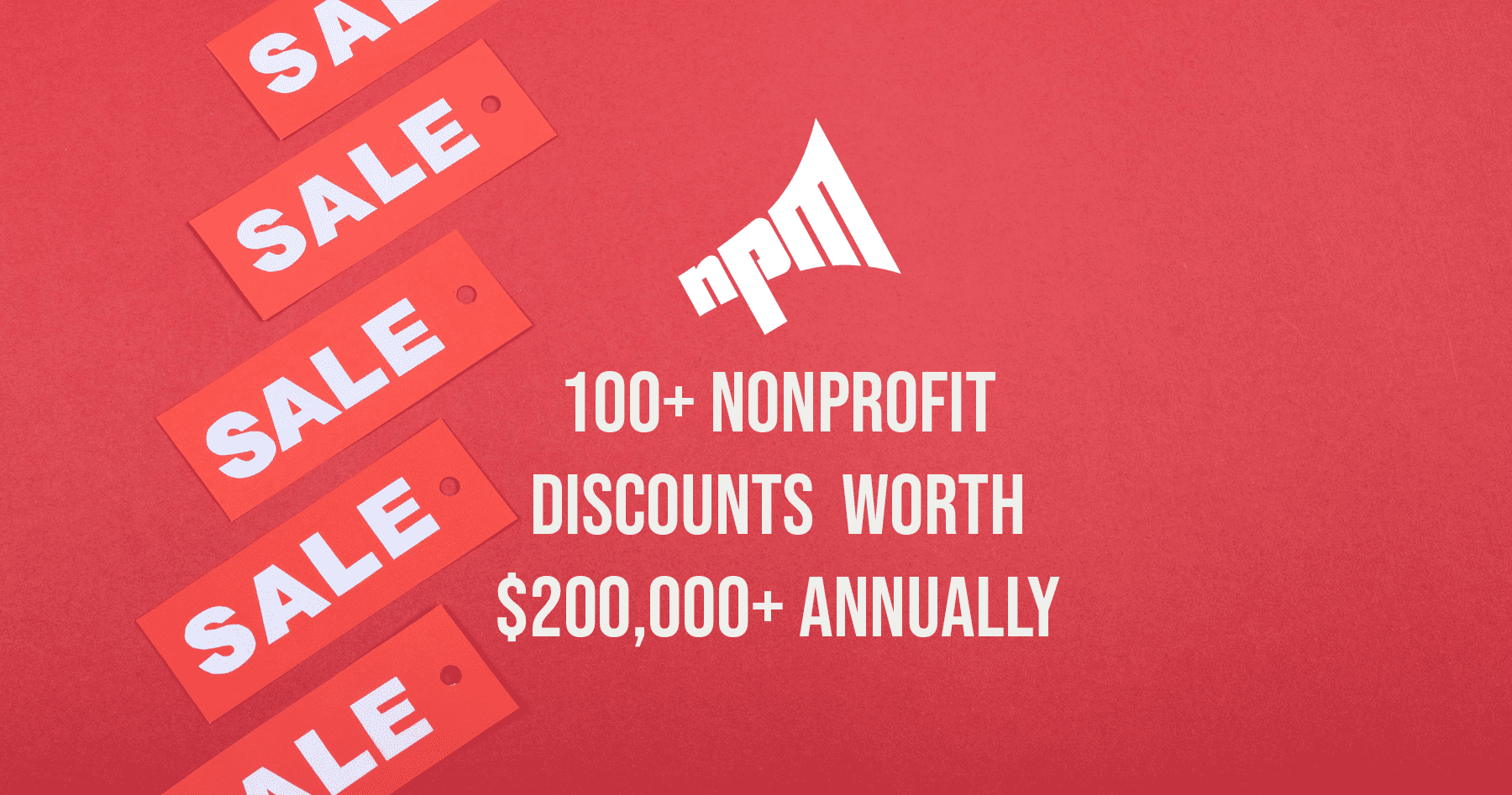The Importance of Cooperation and Collaboration for a Nonprofit Firm in Maximizing Resources and Enhancing Neighborhood Interaction
In the world of nonprofit companies, partnership and partnership emerge as vital systems for fostering and amplifying sources area engagement. By strategically engaging with other companies, nonprofits can utilize shared experience and financial support, thereby addressing facility social difficulties much more adeptly. Moreover, these partnerships not only boost program effectiveness but also grow a deeper feeling of community participation and possession. Yet, the real potential of these joint efforts frequently continues to be untapped, questioning about exactly how best to browse partnerships for optimal influence and sustained success. What aspects add to the performance of these partnerships?
Benefits of Collaboration

In addition, collaboration fosters technology by motivating the exchange of ideas and finest practices. When companies interact, they can check out varied viewpoints, bring about creative services that might not emerge in seclusion. This shared analytic technique can ultimately enhance solution delivery and program end results.
Furthermore, collaborative efforts can boost community involvement. When nonprofits partner with one an additional, they can mobilize broader support from stakeholders, including volunteers, contributors, and community participants. This cumulative involvement not only boosts exposure but also enhances the reliability of the getting involved organizations.
Structure Strategic Partnerships
Collaboration among nonprofit firms commonly causes the formation of tactical partnerships, which are vital for making best use of impact and achieving common goals. These collaborations enable organizations to leverage each various other's staminas, boosting service delivery and expanding outreach. By lining up missions and purposes, nonprofits can develop a synergistic result that amplifies their reach and performance within the community.
Structure tactical collaborations needs careful planning and common understanding. Developing open lines of communication promotes trust fund, enabling companions to review resources, assumptions, and obligations transparently.
Moreover, plainly defined duties and responsibilities are essential for liability and success. Defining the partnership with created arrangements can provide a structure for partnership, outlining the scope of job, performance metrics, and examination approaches. By fostering these critical partnerships, not-for-profit agencies can enhance their capacity to deal with area requirements, introduce remedies, and activate resources properly, ultimately leading to an extra considerable and lasting impact in the communities they serve.
Sharing Resources Efficiently
How can nonprofit agencies optimize their impact via efficient resource sharing? By tactically teaming up with various other organizations, nonprofits can boost their functional efficiency and prolong their reach within the community. Resource sharing involves pooling different properties, consisting of funds, personnel, proficiency, and facilities, to resolve usual goals more efficiently.

Additionally, leveraging each various other's staminas can cultivate technology. By trading expertise and best practices, firms can boost service delivery and develop new solutions to neighborhood challenges. Efficient source sharing also grows a sense of unity, enhancing the concept that cooperation is essential for achieving substantial social effect.
Engaging the Community
What strategies can not-for-profit firms utilize to successfully engage their areas? Primarily, establishing open lines of interaction is critical. Using various systems, such as social media sites, e-newsletters, and neighborhood discussion forums, enables agencies to share info, solicit responses, and foster dialogue. This two-way communication not only notifies the community concerning the company's mission and tasks yet also welcomes input, making neighborhood participants feel valued and entailed.
In addition, forming collaborations with local companies can boost outreach efforts. nonprofit agency. Teaming up with colleges, companies, and various other nonprofits can intensify resources and develop a much more extensive support network, permitting for joint campaigns that resonate with neighborhood requirements
Furthermore, organizing community events, workshops, and volunteer chances can promote much deeper engagement. These activities produce a feeling of belonging and website link encourage active participation, allowing individuals to add to the firm's objectives while constructing relationships with fellow community members.
Measuring Joint Success
Reviewing the performance of collective efforts is essential for not-for-profit companies seeking to maximize their impact. Gauging collective success involves developing clear, quantifiable purposes and using a range of metrics to analyze performance. Key indicators might include the variety of partnerships formed, sources shared, and the concrete outcomes accomplished through partnership.
To properly determine success, nonprofits should apply a framework that integrates both measurable and qualitative information. Interviews and surveys can provide insights right into stakeholder fulfillment and the perceived value of collaborations. Furthermore, tracking metrics such as solution reach, community interaction degrees, and financial efficiency can offer a comprehensive sight of joint effectiveness.
Routine analyses should be carried out to identify locations of improvement and finest techniques. This repetitive process not just boosts liability however additionally fosters a culture of constant understanding within the organization - nonprofit agency. By transparently sharing assessment results with stakeholders and partners, nonprofits can build and enhance partnerships trust fund
Eventually, gauging joint success makes it possible for nonprofit agencies to refine their approaches, assign resources more efficiently, and reinforce their mission-driven efforts, view resulting in a higher collective influence on the neighborhoods they serve.
Final Thought

In the realm of nonprofit agencies, collaboration and partnership emerge as essential devices for cultivating and amplifying resources community engagement - nonprofit agency. By promoting these calculated alliances, nonprofit firms can boost their capability to deal with community demands, introduce remedies, and activate resources properly, eventually leading to a more significant and lasting impact in the areas they offer
By tactically working together with other organizations, nonprofits can boost their functional performance and prolong their reach within the community.What techniques can not-for-profit firms use to properly engage their areas?Collaboration and partnership stand as essential pillars for not-for-profit agencies intending to make best use of resources and improve area engagement.